When we picture a tundra, we may think of snow, tufts of grass, and maybe some trees. This article will discuss what a tundra is, where it is located, and what types of life call it home. We will also look at the tundra food chain or the web and review examples of who’s on top.
What is a Tundra?
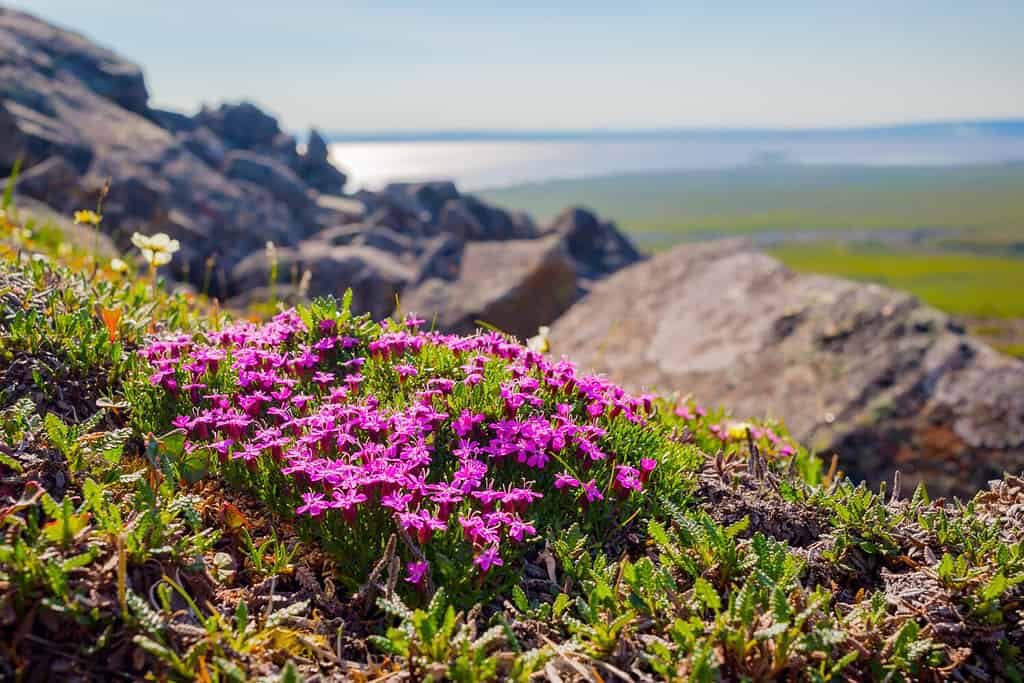
The tundra is an ecosystem of plants and animals that support each other through the food chain.
©Andrei Stepanov/Shutterstock.com
A tundra is an area where the landscape is treeless and either flat or rolling. The climate within a tundra is cold and windy, and the rain is scant. Most tundras are north of the Arctic Circle, though some can be just on the other side of the treeline that marks the beginning of the Arctic Circle. It’s a freezing, windy, inhabitable place for a small group of plants and animals. The credit goes to the Finnish, who created the term for the frigid ecological realm that we know as the tundra. It translates into ‘treeless plains.’
Overall, tundras make up 20% of the Earth’s surface. They are important to the Earth’s health, climate, and environment. Another wonder of the places that harbor frigid tundras worldwide is the permafrost that exists there, except in the milder alpine tundra. Permafrost is amazing; it contains some of the only untouched fossils and is very fragile. Permafrost tunnels are extremely hazardous due to their fragility and potential for collapse.
The plants and animals there are not typically found much outside the tundra zone. This means without the frigid environment of the tundra, the animals would become extinct. There isn’t much, if any, grass except for a small amount for a brief amount of time each year. This is after the snow melts. There is plenty of moss and lichen, even when the temperatures are freezing.
Types of Tundra

Mount Mansfield, Vermont
©Montana Isabella/Shutterstock.com

Arapaho Glacier Trail in Colorado Rocky Mountains
©Ryan DeBerardinis/Shutterstock.com
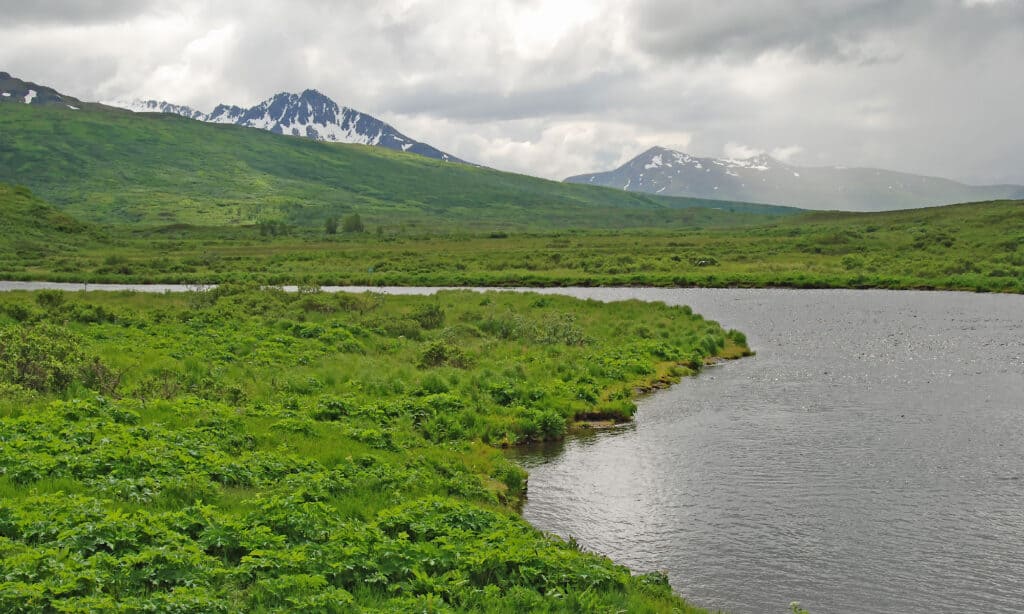
Kodiak Island, Alaska
©iStock.com/Wildnerdpix

Alaskan Tundra
©Art Wolfe/ via Getty Images

Alaskan Tundra and Town of King Salmon
©knelson20/Shutterstock.com
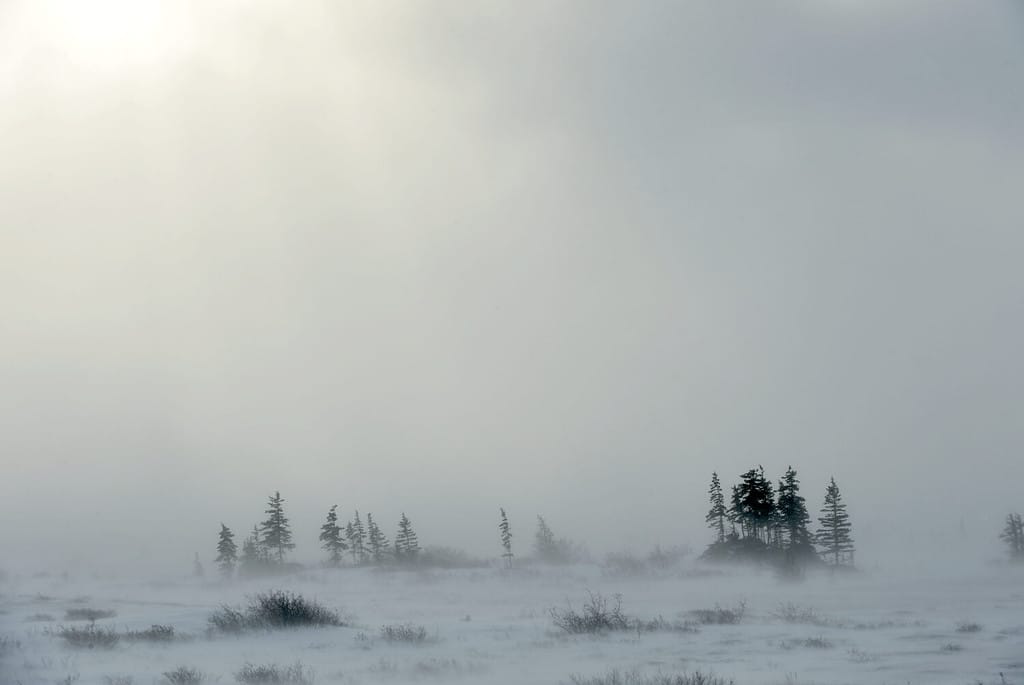
Canadian Tundra
©Sergey Uryadnikov/Shutterstock.com
There are three types of tundras, though they are relatively similar. We will discuss the different food chains that make each ecosystem sustainable. If any one part of the food chain becomes extinct or is no longer able to thrive in the environment, the entire food chain for that type of tundra will collapse.
Arctic Tundra
The Arctic Circle is located in the northern hemisphere, surrounding the North Pole, and reaches the coniferous forests of the taiga in the south. The high-altitude tundra exists in places like Alaska, Canada, Russia, Greenland, Iceland, and Scandinavia. One important part of the tundra, in any location and of any type, is the extended permafrost. The Arctic Tundra has the widest swinging temperatures. In the summer, it is 40 degrees Fahrenheit, while the winter sees temperatures of -25 degrees Fahrenheit.
Antarctic Tundra
The Antarctic Tundra is similar to the Arctic Tundra in many ways. Some of the ways it is set apart are the location is at the South Pole, the temperature always remains below freezing, and it only has a small population of animal life. It is home to penguins, seals, albatrosses, and rabbits. The Antarctic Tundra has over 150 species of lichen, 300 species of moss, and over 300 nonmarine algae.
Unlike the west and coastal, milder areas of Antarctica, the east, where the only tundra in Antarctica exists, does not have hair grass or pearlwort. Typically, in East Antarctica, where the tundra is located, the surface temperature can be as high as 50 degrees Fahrenheit in the mid-summer. In comparison, it can also get as low as -130 degrees Fahrenheit in the winter. East Antarctica is a solid sheet of ice 1.24 miles thick. Some melting occurs every summer, but it is quickly refrozen.
Alpine Tundra
Alpine tundras exist all over the world on top of mountain ranges. Near the equator, alpine tundras are at very high altitudes. When heading north from the equator, the elevation decreases until it meets with the Arctic tundra. The Pyrenees and Scandes mountains, the Alps, the Tibetian Plateau, and the Caucasus Mountains are all home to Alpine tundras. Because of this, the snow melts and gives way to many types of vegetation.
Alpine tundras do not have permafrost because the temperature range is too mild and allows considerable melting. In contrast, the other two tundra types stay cold enough year-round to remain frozen. The summers can be anywhere from 37 to 54 degrees Fahrenheit, and winters are mild compared to the Arctic and Antarctic tundras, with temperatures that rarely fall below 0 degrees unless at very high altitudes.
The Food Chain and Apex Predators of Each Tundra
To keep an ecosystem in balance, there must be enough apex predators to keep the non-apex predators’ numbers in check. It may seem cruel to some when a wolf takes down an elk calf, but without herd control, the elk would starve, and sickness would spread more rapidly. There is a place for every single living being in an ecosystem. If any were removed, a chain reaction would harm all species. Animals that make up a tundra are diverse and must remain as such.
Each of the three types of tundras exists in many different places, except for the Antarctic tundra. In the Antarctic tundra already discussed, there is only one tundra on the east side of the continent. That being said, the alpine tundra exists in many places with varying types of flora and fauna.
Arctic Tundra
In Noatak National Preserve in Alaska, the views are unimaginably beautiful in a way that will take your breath away if the cold hasn’t already done so. Below are photos of an example of the food chain for this specific tundra.
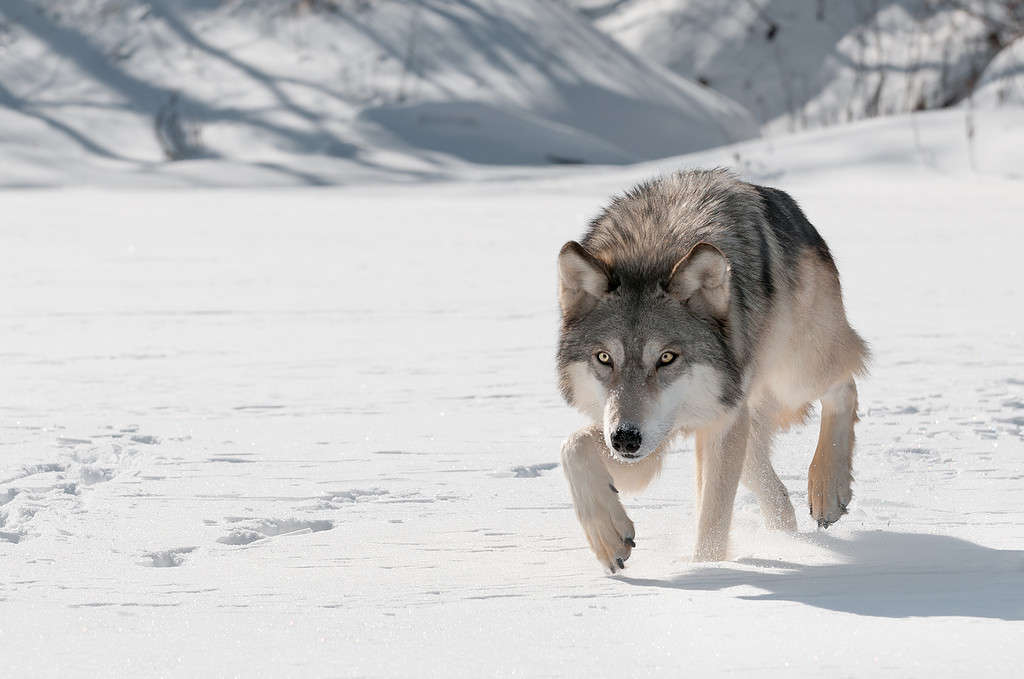
Grey Wolf
©Holly Kuchera/iStock via Getty Images

Caribou
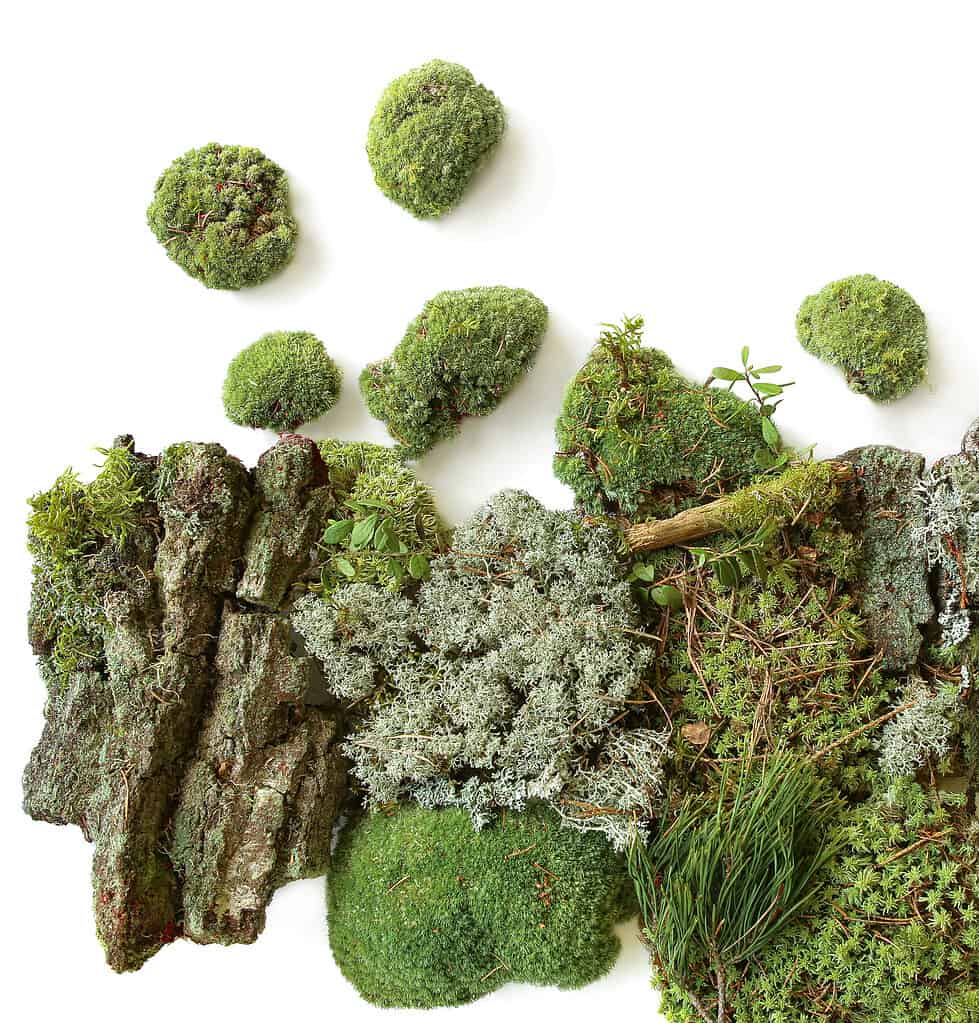
Set of fragments of forest moss, lichen, wood, bark, and twigs.
©vaitekune/ via Getty Images
The grey wolf hunts the caribou, which eats lichen, moss, and bark.
Top of the Arctic Tundra Food Chain
At the top of the Arctic food chain are polar bears, grey wolves, and grizzly bears. If these animals no longer existed, the middle tiers of the food chain would become overpopulated, and the lower middle tier would not be able to reproduce fast enough to feed the overpopulated upper-middle food chain. With only the upper-mid and bottom levels existing, the upper-mid would starve, and the bottom tier would always be present.
Upper-Middle of the Arctic Tundra Food Chain
The upper-middle Arctic food chain consists of wolverines, foxes, least weasels, pine martens, ermines, and stoats. If the upper middle tier did not exist, the food chain might be okay quickly. Still, some animals of the lower-mid tier would become overpopulated and possibly eat so much of the bottom of the food chain that they become extinct and do not have a chance to grow back. In turn, the top of the food chain would also starve.
Lower-Middle of the Arctic Tundra Food Chain
The lower-middle Arctic food chain consists of moose, caribou, reindeer, Arctic tern, and other birds, dalls sheep, muskox, snowshoe hare, lemmings, beavers, squirrels, voles, shrews, wood frogs, white fish, salmon, and other fish. If the lower middle tier didn’t exist, the top and upper-mid of the food chain would starve, leaving only the bottom flora alive.
Bottom of the Arctic Tundra Food Chain
At the bottom of the Arctic food chain are lichens, mosses, grass, bark, trees, algae, and other vegetation. If this did not exist, all tiers above would starve and die.
Antarctic Tundra
The Antarctic tundra is very similar to the lineup in the Arctic tundra, except the Antarctic has very few living creatures to make up the food chain. Most are marine life and not found in the tundra itself.
Top of the Antarctic Food Chain
At the tip top of the Antarctic food chain is the leopard seal. They are extremely fierce hunters who will kill and eat other seals found there, like ringed seals. They will also feast on penguins and any birds or other creatures they can catch. In the water surrounding the tundra, the killer whale is the most fearsome predator and has no problem making a meal of the fierce leopard seals.
Middle of the Antarctic Food Chain
Few animals can exist on the secluded continent of Antarctica. Still, ringed seals, many other types of seals, numerous types of penguins, many albatross species, other birds, and rabbits are happy to call it their home. These mid-food chain animals feed off fish or vegetation found in the eastern portion of Antarctica and the close islands. Penguins eat fish but spend much time hanging out near the shore. Ringed seals also eat fish, which aren’t tundra animals since they are marine animals. Rabbits eat the sparse vegetation available. Albatross also eat small fish, krill, and squid.
Bottom of the Antarctic Food Chain
Like the Arctic tundra region, at the bottom of the food chain, many species of lichen and moss hold valuable moisture otherwise missing from the frigid environment.
Alpine Tundra
Top of the Alpine Food Chain
Alpine tundras occur worldwide and have different food chains depending on location. In Asia, the top of the food chain is the snow leopard.
Middle of the Alpine Food Chain
The middle of Alpine tundra food chains are predominantly made up of grass eaters in one form or another. They include alpacas, llamas, mountain goats, sheep, elk, grouse, chinchillas, and pikas. This is not even close to a full count of the animals one would find at the tip-top of mountains.
Bottom of the Alpine Food Chain
On the bottom of the food chain in the Alpine tundra are tussock grasses, small-leafed shrubs, dwarf trees, heaths, alpine sunflowers, mosses, lichens, bristlecone pine, and a host of perennials. Plenty of animals in the middle of the food chain eat these plants.
Some of the Top of the Tundra’s Food Chain Predators
Enjoy some of these images of top tundra predators to close out the article. Many of these animals are severely endangered, and their survival is extremely important to the health of the last tundras on Earth.
Polar Bears
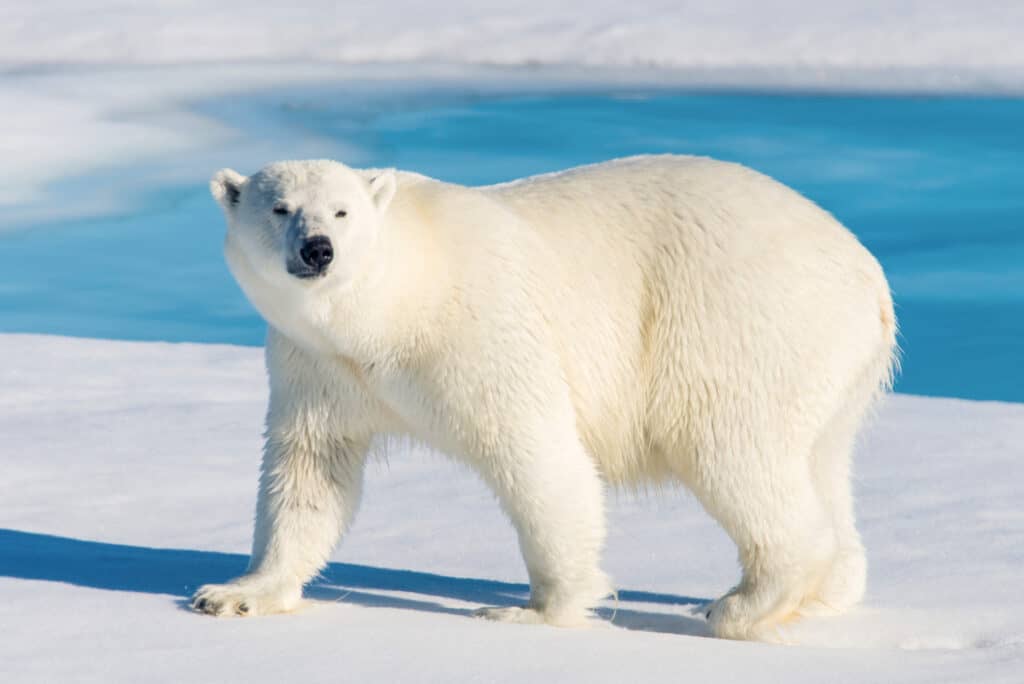
Polar bears remain near the coast and are not always considered Arctic tundra animals.
©iStock.com/Alexey_Seafarer
Wolves
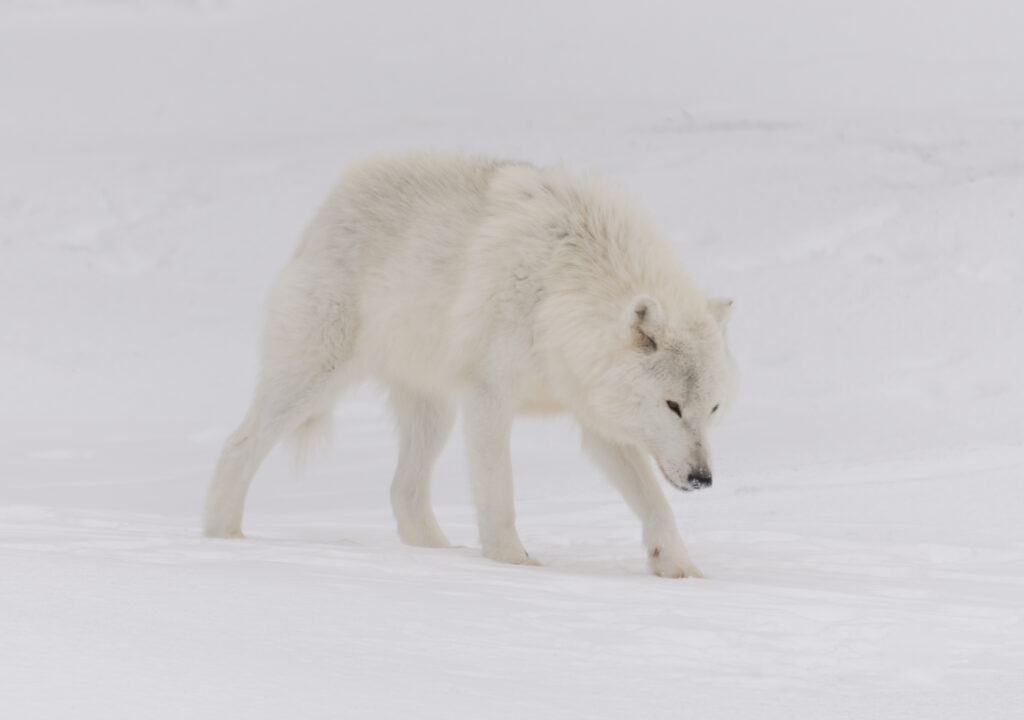
Wolves live in the Arctic tundra and are at the top of their natural food chain.
©Manuel Lacoste/Shutterstock.com
Leopard Seals
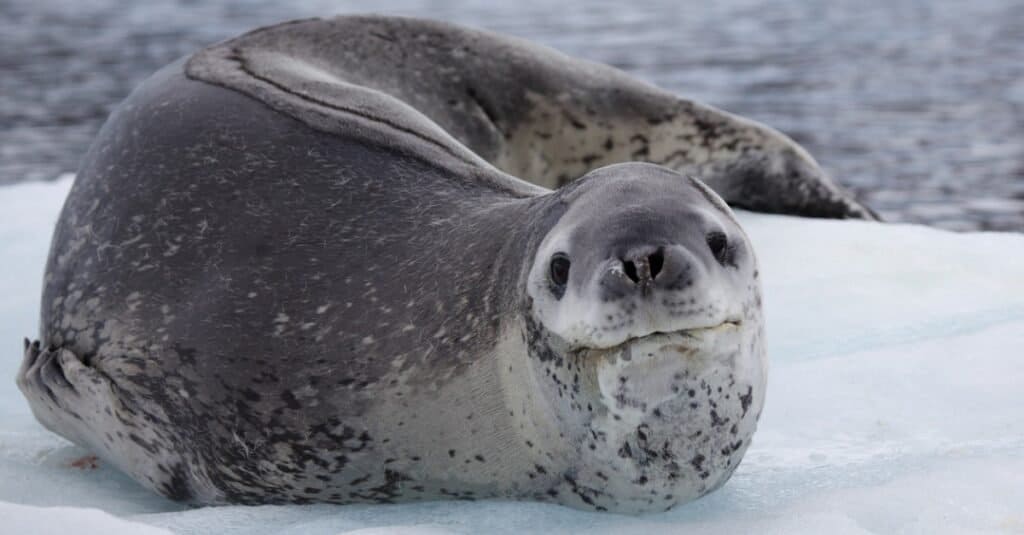
Leopard seals are at the top of the Antarctic food chain but are also marine animals.
©Mogens Trolle/Shutterstock.com
Snow Leopards
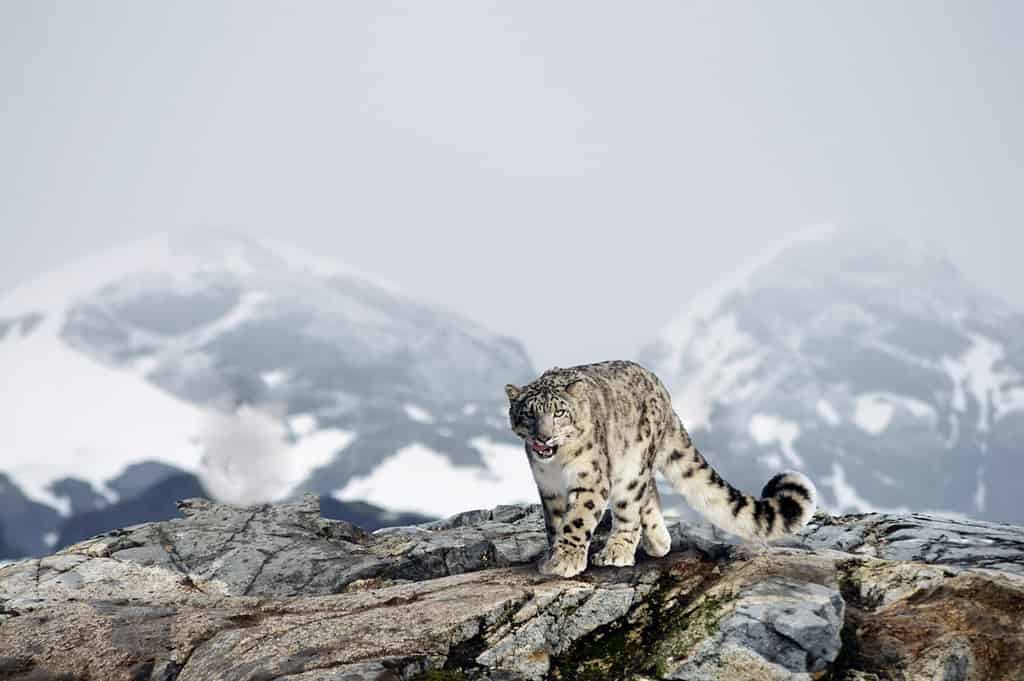
Snow leopards are only found in a small portion of the world and are endangered. They are also at the top of some alpine food chains.
©Asmakhan992/Shutterstock.com
Mountain Lions
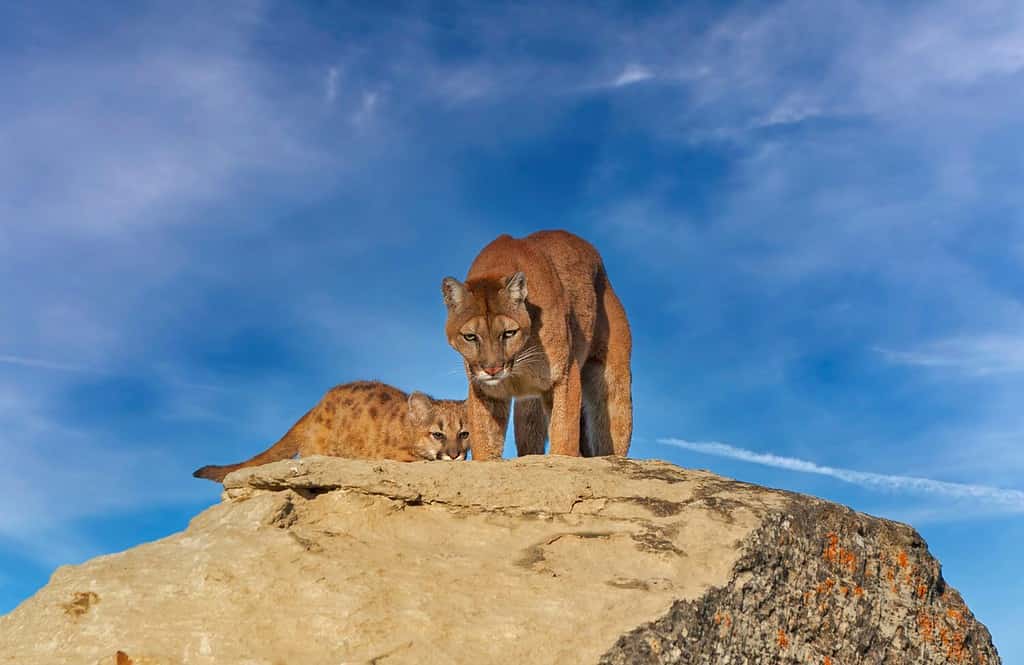
Mountain lions
are an important predator in some alpine tundras in the U.S.
©outdoorsman/Shutterstock.com
Lynx
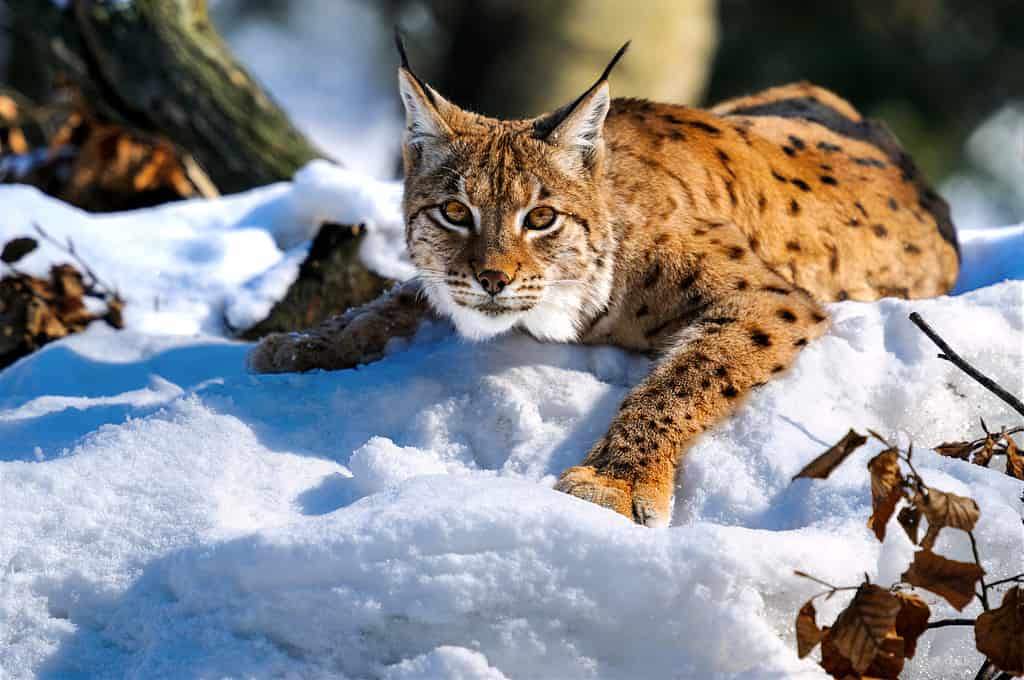
Lynx are the top predators of some alpine tundras where other larger cats are exclusively not living.
©iStock.com/Kyslynskyy
Grizzly Bears
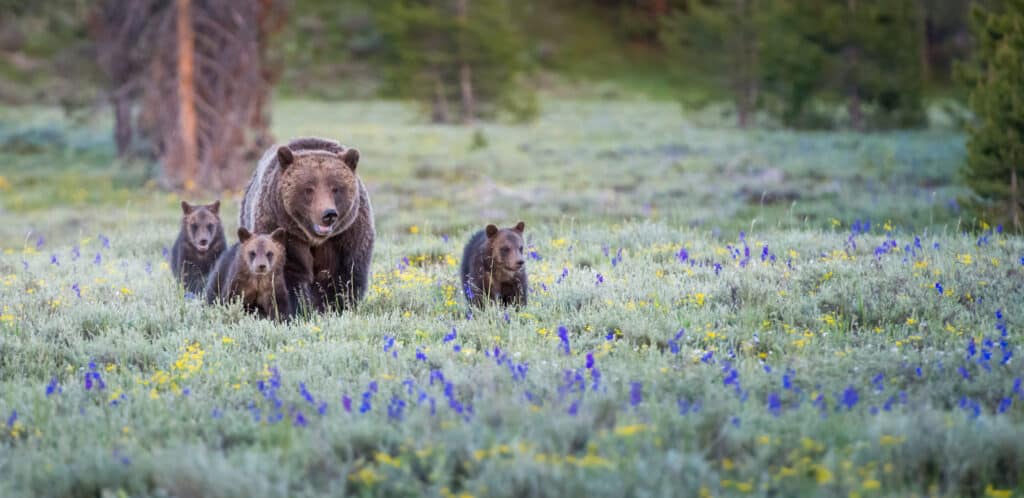
Grizzly bears are frequently found in Arctic tundras in Alaska. Since they are more of a scavenger of large animals killed by wolves, they are not as much of a top predator as the wolves.
©iStock.com/Jillian Cooper
Killer Whales

In Antarctic tundras, orcas or killer whales are counted by some as the top of the food chain, even though they never exist in the tundra since they are marine animals.
©Tory Kallman/Shutterstock.com
The photo featured at the top of this post is © Michal Ninger/Shutterstock.com
Thank you for reading! Have some feedback for us? Contact the AZ Animals editorial team.






